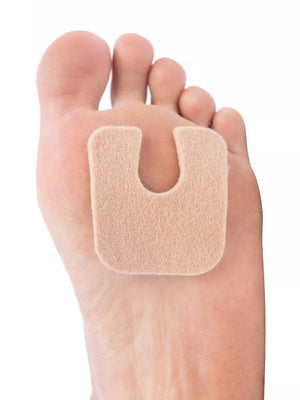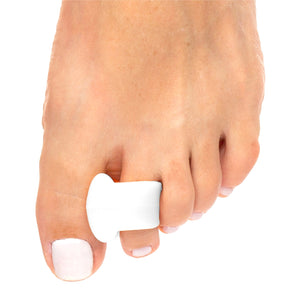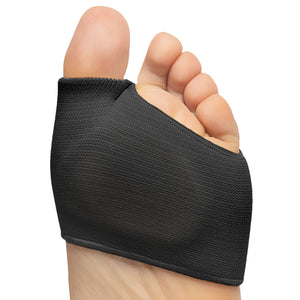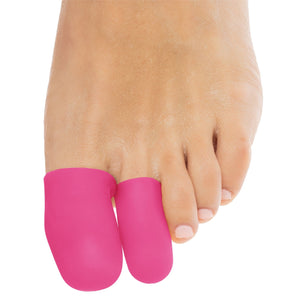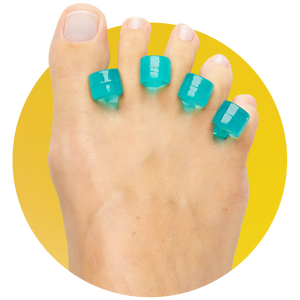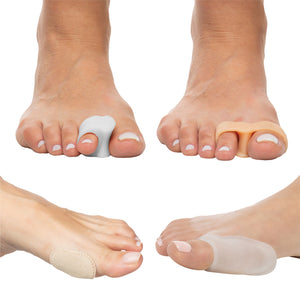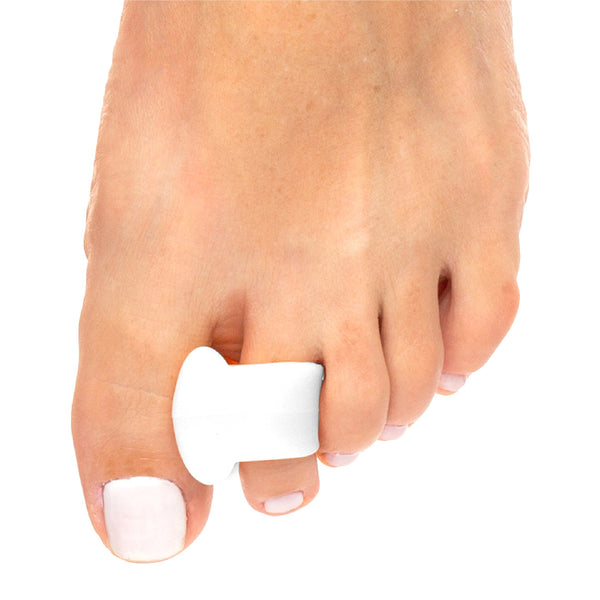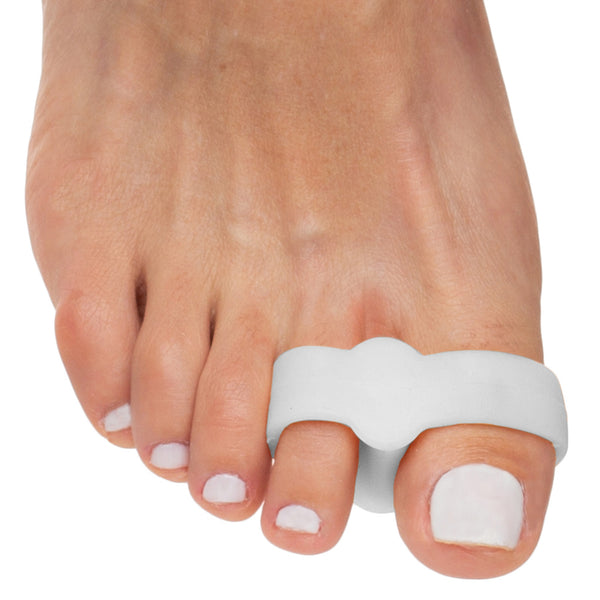Ankle strains and sprains may seem similar, but there are a few important distinctions you should be aware of. Both can result in instability, swelling, and pain, but the pain and instability location can be different.
Symptoms of an Ankle Sprain
If you are suffering from an ankle sprain, you may experience the following symptoms:
- Localized Pain – Pain is typically described as sharp and sudden and may worsen with movement and putting weight on the ankle. It may be relieved with elevation and rest.
- Swelling – The inside of the ankle may be very swollen, but if more than one ligament is involved, swelling may also be located on the outside of the ankle.
- Bruising – In addition to pain and swelling, a sprain my come with bruising or discolorations over the site of the sprain, especially if ligaments have been torn.
- Limited Mobility – If a sprain is severe, movement may be limited and it may be difficult to flex, bend, or turn the foot.
- Popping Sensations or Sounds – When the sprain occurs, a popping sound or feeling may occur as the ligament is torn or stretched.
Symptoms of an Ankle Strain
While the majority of ankle sprains are considered acute injuries resulting from a single trauma, ankle strains may be either acute or chronic. An acute strain occurs after a traumatic event such as falling, slipping, jumping, or running. Chronic strains occur with long-term overuse and are often seen in long-distance runners and other athletes.
The following symptoms may be the result of an ankle strain:
- Pain – Pain may appear at the time of the injury in an acute strain or appear gradually over a period of time if it is a chronic strain.
- Redness, Swelling, and Inflammation – Areas where the strain is present may show redness and swelling and may even be warm to the touch.
- Muscle Cramps, Spasm, and Weakness – The lower calf or ankle may tense up, twitch, or stop functioning normal. It may also become weak and not support full weight.
- Limited Motion – If more than one tendon or muscle is strained, the injury may result in loss of ankle control or limited mobility.
Risk Factors for Sprains and Strains
Some people have higher risk of developing strains and sprains than others. While some are not preventable, others can be controlled with lifestyle changes. Risk factors may include, but are not limited to, the following:
- Poor Athletic Conditioning
- Ligament and Muscle Fatigue
- Failure to Warm Up Before Activities
- Being Overweight
- Female Athletes Over the Age of 30
Treatment for Sprains and Strains of the Ankle
Ankle sprains and strains are measured in Grades between 1 and 3 with 1 being the most mild and 3 being the worst. Treatment for each grade may be as followed.
For Grade 1 and 2 Sprains and Strains, most physicians will recommend the following:
- Rest – The recommended period of rest may be a few days for a Grade 1 injury or up to several weeks or months for a Grade 2 sprain. During this time, patients will be advised not to walk or stand more than necessary.
- Ice – Applying ice packs to the injured area as soon as possible will likely be recommended to reduce pain and swelling.
- Compression – Wrapping the injured area with a bandage or commercial compression sleeve will help support and immobilize the injury. Our Ankle Compression Sock is perfect to help with this treatment.
- Elevation – During the first 48 hours of treatment, it will likely be recommended that you elevate your ankle above the level of your heart to reduce swelling and alleviate some of the pain.
For Grade 3 sprains and strains, your physician is likely to recommend the following treatment:
- Casting – In addition to elevation and rest, your ankle and foot may also be placed in a brace or cast. Our Lace Up Ankle Stabilizer Brace with Compression Straps may be the perfect option for treatment. Most people will be required to use crutches, but some may be able to wear a walkable cast-brace during their recovery.
- Rehabilitation – Your doctor may have you undergo ultrasound therapy, physical therapy and other treatments to strengthen your ankle, decrease pain, and support the development of new, healthy tissue.
- Surgery – As a last resort, in the case of severe and chronic injuries, surgery may be required.

